Even with new technologies, new platforms and new apps launching at warp speed, email marketing is still one of the most successful and cost-effective tools for healthcare marketers.
While it might not be as glamorous as Instagram, Facebook or even Snapchat, email retains a higher level of trust and authority, compared to social media. And it’s the preferred medium for healthcare professionals, who would rather receive information by email than via an in-person visit or a phone call.
Email marketing has moved far beyond sending out a generic email blast.
To be successful, email programs need to be strategic, targeted and agile. They also need to be optimized for mobile. A recent survey of 1,200 people in the US showed that when an email displays incorrectly on mobile, more than 70% of recipients will immediately delete it. Just as an aside, the same study shows that teenagers are using email (73% of teens aged 14 – 18 use it for “everyday life”), so the idea that young people are abandoning email in favor of social media is not accurate.
» Download your free e-book on healthcare marketing «
So how can you ensure that your email marketing programs are hitting the mark? Keep these points in mind:
- Send only information and offers that provide real value to your recipients. Don’t send emails that “might” be of interest.
- Segment and target. Use your database effectively to tailor your emails to specific audiences.
- Test your emails as you proceed, with different subject lines, CTAs, landing pages, and so on.
- Keep your email copy short, and make sure to personalize everything you send out.
To learn more about these suggestions and find out more about strategic email marketing programs, check out The Guide to Healthcare Marketing, our comprehensive e-book for healthcare marketers, which covers email marketing and lots more.
Visit the Guide here, or contact Anne-Mie Vansteelant at Living Stone, at +32 55 591 007 or anne-mie.vansteelant@livingstone.eu, to find out how you can boost your email programs, zero in on your targets and increase marketing ROI.


.jpg?width=727&name=Living-Stone-CTA-Blog%20(002).jpg)

